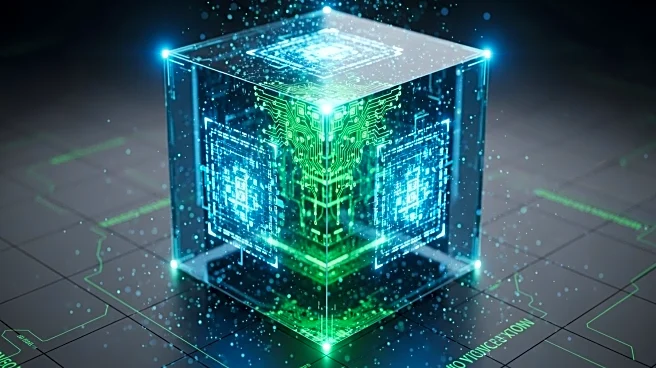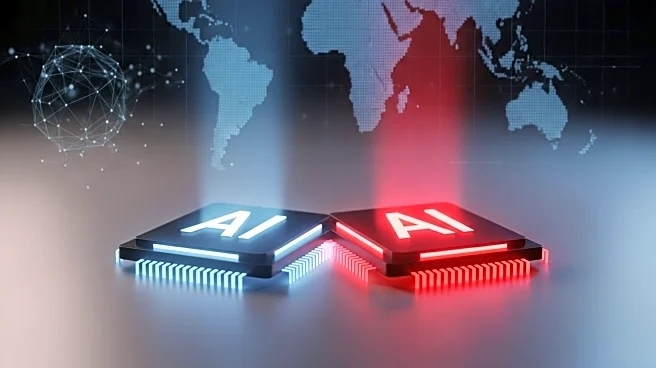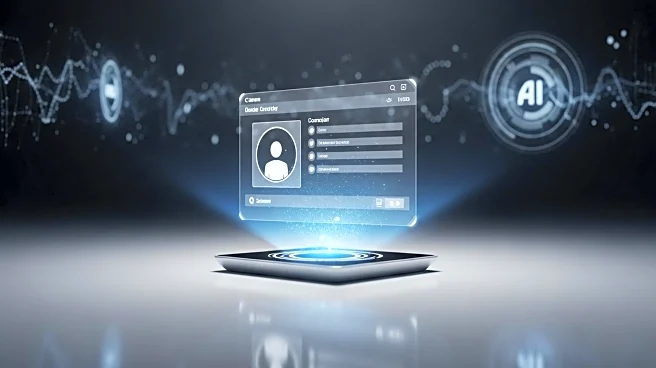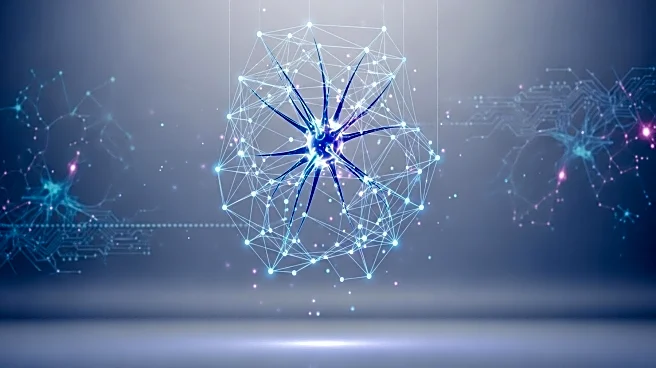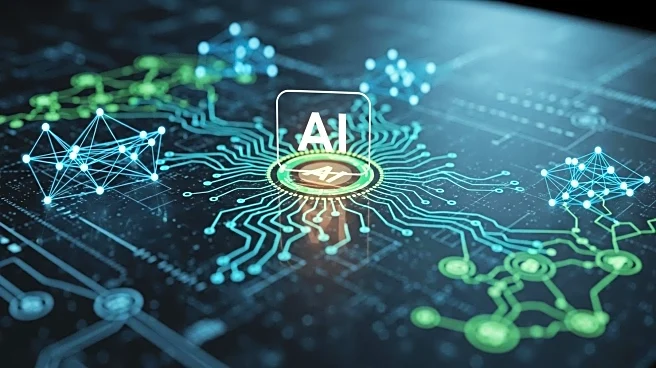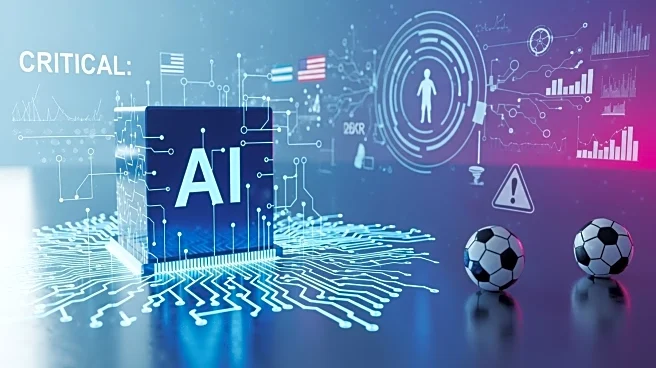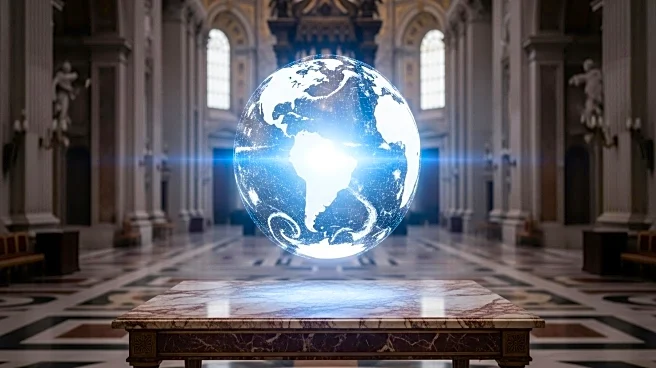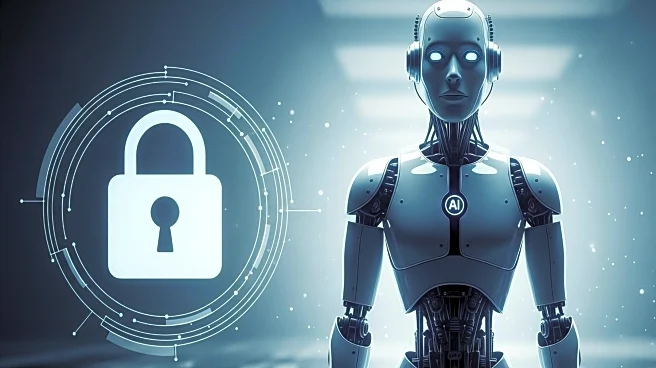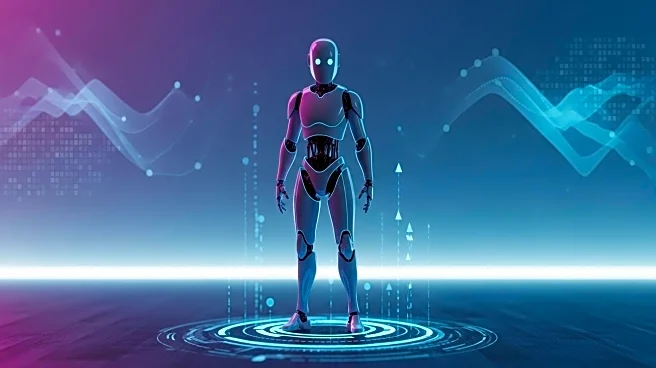What is the story about?
What's Happening?
The emergence of AI 'deadbots' is creating a new digital afterlife industry, where companies are developing artificial life-like renderings of deceased individuals. These 'deadbots' can mimic speech patterns and facial gestures, offering a way for people to cope with grief by interacting with digital versions of their loved ones. However, this technology is not without controversy. Concerns are being raised about the potential for commercialization, as these AI entities could be used to market products to users. The discussion around 'deadbots' is part of a broader exploration of AI's impact on daily life, as highlighted in a recent episode of NPR's 'It's Been a Minute' with culture correspondent Chloe Veltman.
Why It's Important?
The development of 'deadbots' touches on significant ethical and legal issues. As AI technology advances, the line between personal and commercial use becomes blurred, raising questions about consent and privacy. The potential for these digital entities to be used in advertising could lead to exploitation of personal data and emotional manipulation. This development also prompts a reevaluation of how society deals with grief and memory in the digital age. Stakeholders, including tech companies, legal experts, and ethicists, must navigate these challenges to ensure that AI advancements do not infringe on individual rights or exploit vulnerable emotions.
What's Next?
As the 'deadbot' industry grows, there will likely be increased calls for regulatory frameworks to address the ethical and legal implications. Policymakers may need to establish guidelines to protect consumer rights and prevent misuse of AI technology. Additionally, public discourse around the acceptable use of AI in personal and commercial contexts is expected to intensify. Companies involved in this sector may also face scrutiny and pressure to adopt transparent practices and ethical standards.
Beyond the Headlines
The rise of 'deadbots' could lead to a cultural shift in how society perceives death and memory. As digital interactions with deceased loved ones become more common, there may be changes in traditional mourning practices and the way people process grief. This technology also raises philosophical questions about identity and the nature of consciousness, challenging existing beliefs about life and death.
AI Generated Content
Do you find this article useful?



